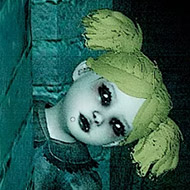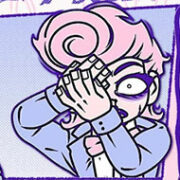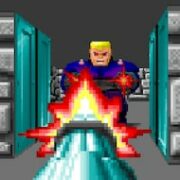Still Residue

Still Residue places you in a seemingly routine task that soon becomes anything but. As you move through increasingly unsettling locations, you’ll realize that each surface you scrub hides something deeper — and possibly dangerous. The game unfolds in a slow-burn style, pulling players into its psychological mystery through environmental storytelling and subtle cues.
From Routine Tasks to Unexpected Revelations
In Still Residue, players start with basic objectives: clean up rooms, remove grime, and follow assigned instructions. But with every cleaned wall or cleared object, something in the atmosphere shifts. The core gameplay revolves around environmental exploration and methodical interaction, requiring players to pay attention to details others might overlook.
- Task-Oriented Progress: Cleaning tasks must be completed fully before players can unlock the next area. These include wiping stains, interacting with hidden objects, and rearranging space.
- Real-Time Reactions: Finishing certain actions can cause unexpected changes in lighting, sound, or environment structure.
- Minimal Instruction: The game avoids overt hand-holding, encouraging players to rely on observation and curiosity.
Tools That Go Beyond Function
The game equips players with a modest but crucial set of tools. At first glance, they seem ordinary — a sponge, a bucket, a flashlight. However, Still Residue uses these tools to drive both mechanical progression and narrative tension. Each item has a specific use and can reveal more than just dirt.
- Flashlight (F key): Illuminate darkened hallways or discover subtle stains and markings invisible in standard light.
- Zoom Function (middle mouse): Closely inspect areas that appear off — some textures change under scrutiny.
- Objective Toggle (Q key): Highlight current goals when you’re unsure of your next step, though not every task will appear right away.
A Game That Challenges Perception
Still Residue plays with perception and space. What appears to be a normal apartment can shift into something unfamiliar. Corridors extend or shrink. Doors that were once open are sealed shut. The game uses these environmental manipulations to immerse players in its psychological theme.
- Changing Architecture: Progression can trigger changes in layout, forcing players to rethink navigation.
- Sound-Based Cues: Sudden silences or eerie sounds often indicate hidden triggers or new paths.
- Lack of Enemies: There are no traditional threats, yet the game maintains a constant sense of unease and urgency.
Still Residue is not just about completing chores — it’s about paying attention to what’s left behind. With subtle cues, unexpected turns, and rewarding gameplay, it keeps players thinking long after the session ends.
























